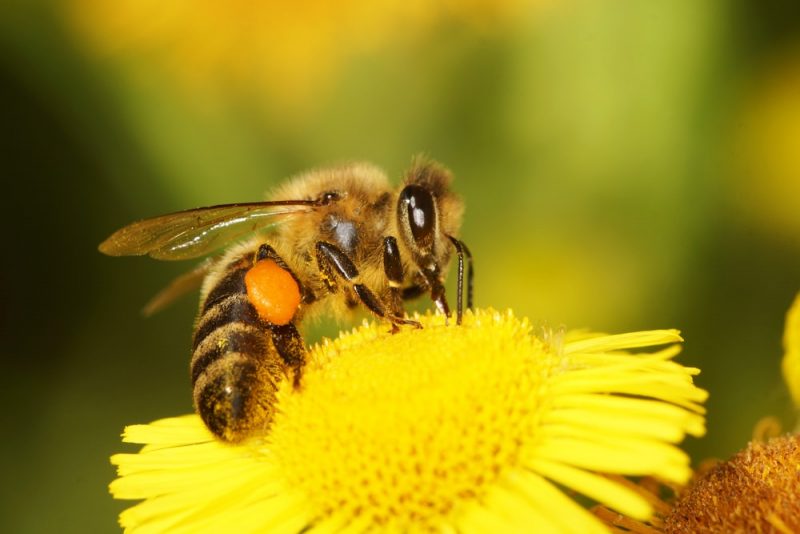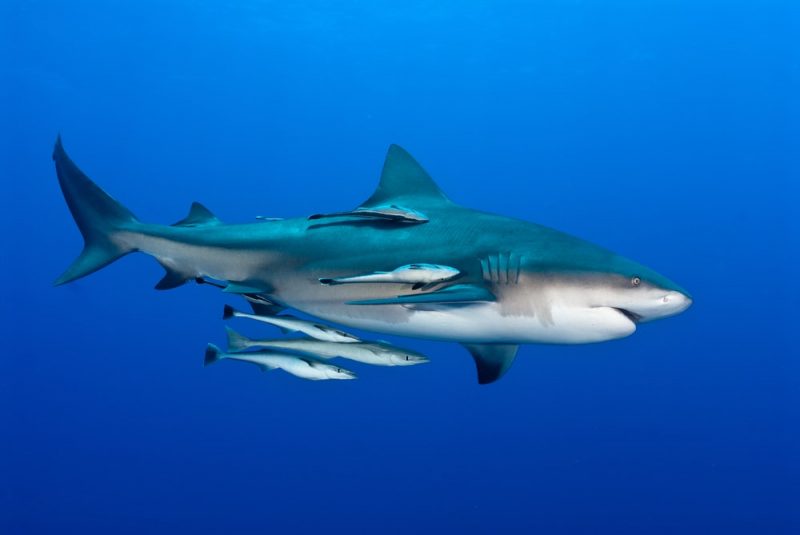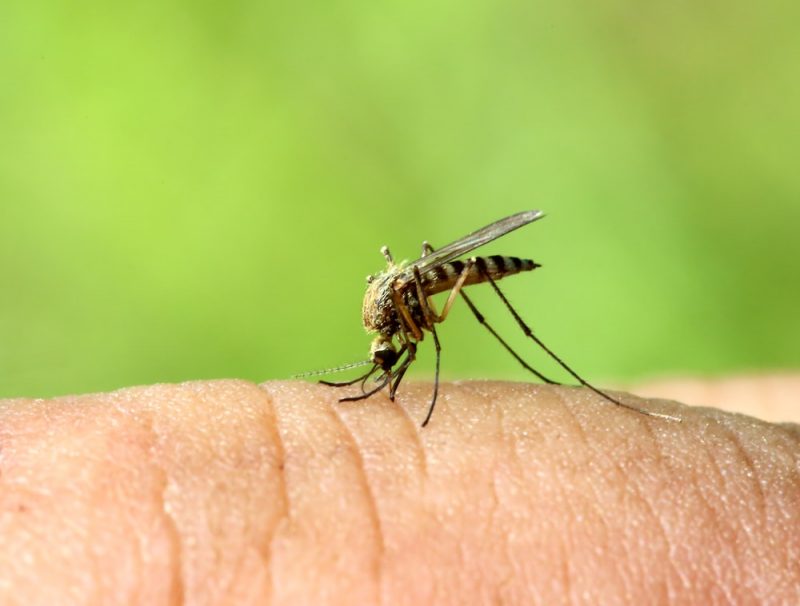The symbiosis It is a relationship of close coexistence between living beings of different species (which are now called symbiotes), in order to obtain some benefit from this union. For instance: bees and plants, sharks and remoras.
This relationship implies Benefits for one or both living beings, being able in some cases to become indispensable for life, and yet, in other cases, to be detrimental to any of the beings involved. (Ex. Mosquito and Human being).
Either way, symbiosis is a major evolutionary enhancer: allows to find more convenient ways of life for living beings that in the long run can modify the behavior of the species.
The symbiotic relationships They have been observed in nature for a long time, although the term was first coined in 1879 by the German botanist Heinrich Anton de Bary, a pioneer in the study of fungi and algae.
Types of symbiotic relationships
There are several classifications for symbiotic relationships, according to different criteria:
- According to physical location. According to the physical place that the beings involved share. In ectosymbiosis, one of the beings lives on the body of the other, either in their fur, their skin or even the beginning of their digestive tract. In endosymbiosis, the host is within the host’s body, within its organs or cells.
- According to the duration of the relationship. We can speak of temporary or permanent symbiosis. The latter are durable because they have become indispensable for life.
- According to the transmission of the host between the hosts. One can speak of symbiosis of vertical transmission, when the new generations inherit the relationship from their own parents; or from horizontal transmission when they acquire it from the environment.
- According to the receptivity of the host in the relationship. We can distinguish three types of symbiosis: the mutualism, thanks to which both species are benefited; the commensalism, in which one species benefits without causing either benefit or harm to the other; and the parasitism, wherein the presence of the host causes damage to the host.
Examples of symbiosis
Mutualism

- The bees or hummingbirds and the plants, Normally, they have developed a relationship in which the insect or the bird feed on the sweet nectar of the flowers, but in their travel from one to another they also play a vital role as pollination agents.
- The lichens, union of fungus and alga (or a cyanobacteria) building a joint and novel morphological structure, more resistant than their separate forms and allowing them to colonize large areas.
- The crab hermit and certain sea anemones, who form an association thanks to which the former is protected by the stinging tentacles of the anemone, and it enjoys the mobility of the crab for greater food availability.
- Some prawns and crustaceans They feed on ectoparasites in the scales and skin of the fish, executing a cleaning job in exchange for food.
- The sea anemones and the clown fishThey cohabit closely, allowing the fish to protect itself from predators thanks to the anemone’s tentacles, which do not harm it, and at the same time defending its territory from other species that could eat the anemone.
Commensalism

- The remoras adhere to sharks to be transported. The same do certain mites on hymenoptera insects provided with flight.
- The vultures and other scavengers such as hyenas, often cohabit with large-scale predators such as African big cats, feeding on the leftovers from their hunts.
- The Earthworms and various types of plants, since the first in their movement create irrigation channels that benefit the absorption of the roots.
- The hermit crabsBy appropriating the empty shell of a snail, they benefit from a dead animal that is obviously impossible to harm anymore.
- The birds and the insects that build their homes (nests, honeycombs) in the branches of the trees, they behave like commensals, benefiting from the tree without causing harm to it.
Parasitism

- The mosquitoes and other blood-sucking insects, such as the bed bug, live by drawing blood from other animals and often transmit disease to them by doing so.
- Various species of fungus lead a parasitic life, growing on the body of fish, birds or mammals (including humans) and causing skin damage or even more serious conditions, such as yeast candida albicans.
- Various genres of intestinal parasites: nematodes, protozoa and bacteria that invade the intestines of living beings and reproduce there, taking advantage of their bodies and hindering their digestive process.
- Some types of bird They parasitize the nests of other species, leaving their eggs to be raised as if they were part of the litter.
- Certain insects such as wasps of the Braconidae family or even of the fly common (Muscidae), they lay their eggs inside or on the skin of other living beings, and when their larvae hatch they act as parasitoids, feeding on the host tissue as they grow.
